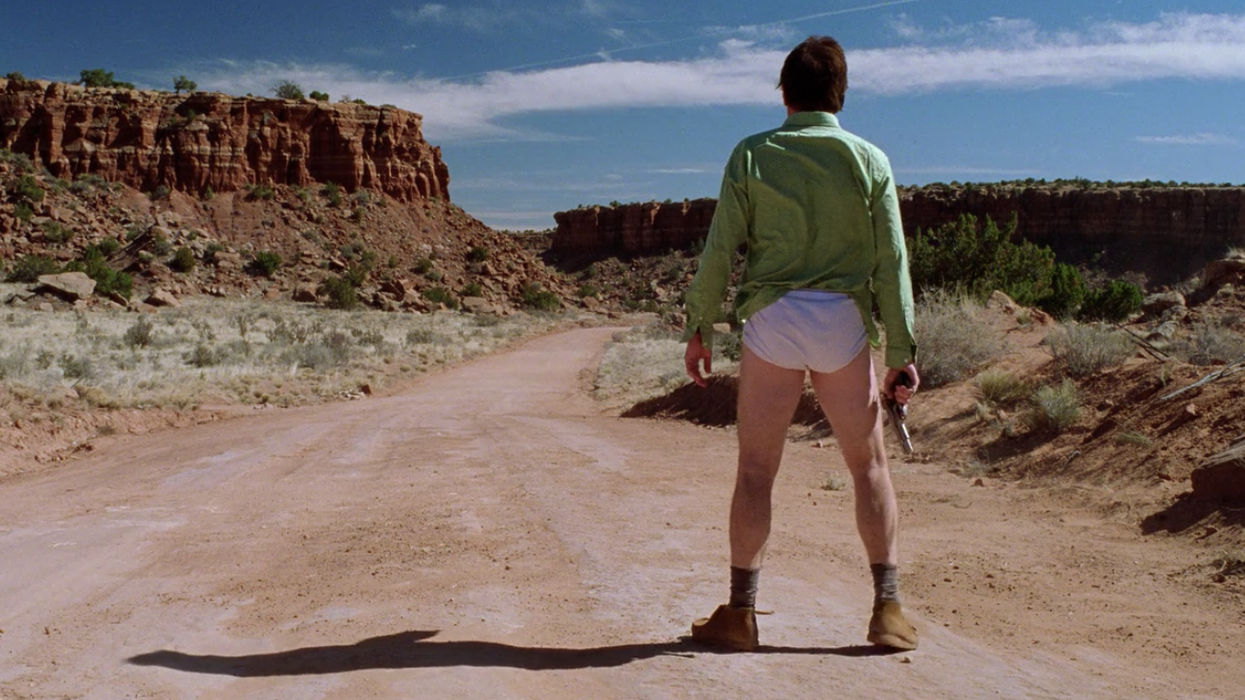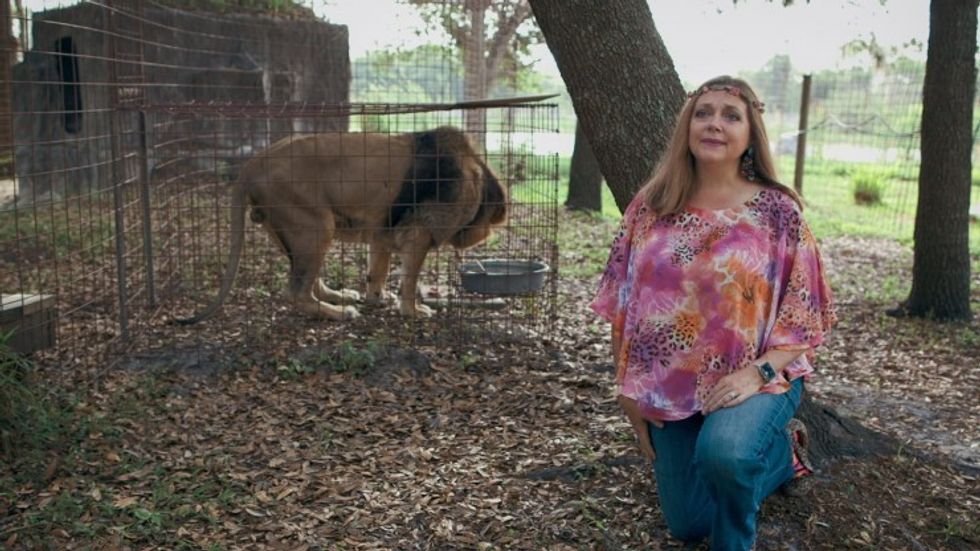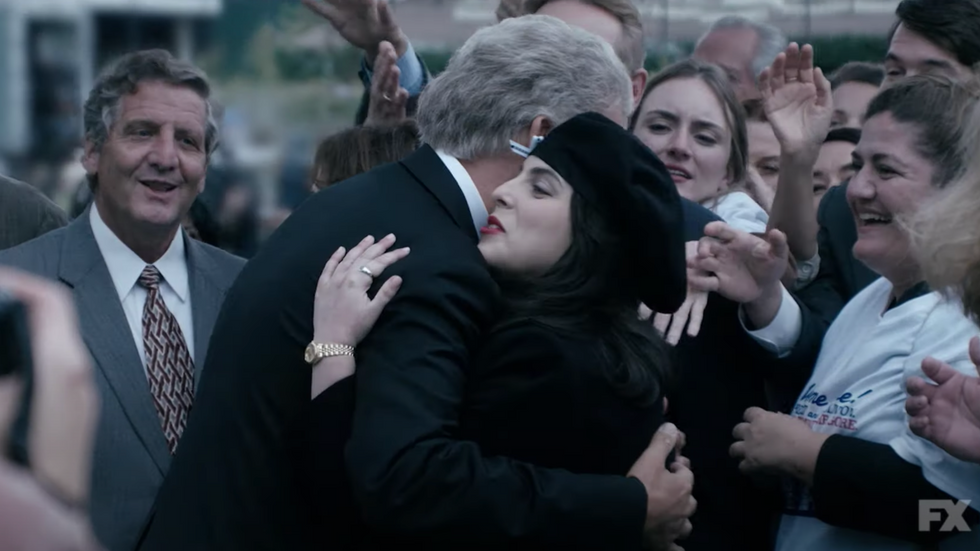How To Write a TV Drama Pilot: Free Seminar (Week One)
Hundreds of pilots sell to networks and streaming services every year. What's stopping you from selling your idea?

Want to learn how to write a TV pilot? You've come to the right place.
Breaking into Hollywood with a writing career is one of the hardest things you can do. Fewer and fewer movies are being made every year, and now, many young writers are turning to television to find jobs. But to get a job in television you need a sample. Samples are speculative pilot scripts that your agent or manager can hand to showrunners to prove your worth.
Sure, there are lots of other factors behind getting staffed, but a great pilot increases your chances of getting in a room because...well...you can sell it. Hollywood is all about betting on yourself and creating your own opportunities.
So how can you write a great TV pilot?
How to Write A TV Pilot (Drama) Mission Statement
Over the next six weeks, we're going to break down the TV drama pilot. Your commitment is to yourself and to your story. I'm asking you to write 10 pages a week. If you fall behind, take your time. If you want to work ahead, go for it. The whole point of this class is to just offer free information to writers.
We did a similar Free Screenwriting Seminar for features that worked out really well.
I'm excited to have you join us every week for this journey.
Now let's get to it!
How To Write A TV Pilot? Pre-Writing
I know you're eager to open your screenwriting software and to get typing, but trust me, it's way better to move forward with a plan.
First up, what are your ideas?
As we mentioned in our Four Steps to Writing A Pilot article, your idea needs to have legs.
"Having legs" means having the ability to go on and on. You need a network or streaming service to be able to see multiple seasons when they read your pilot. Does your idea have the ability to go on and on?
One of my favorite TV show ideas was the NBC show The Pretender. It opened with a treatise on what the story would be about. It also made an unspoken promise, if a Pretender could be ANYONE...then you could have so many different and interesting episodes that the show could last for a long time. It was a network executive's dream.
So make sure your ideas have legs.
Treatments
Once you have your idea, I recommend writing a treatment to flesh your idea out. Treatments can help you feel like you're both in control of your story and give you a way to map out your story for the pilot. We'll cover story beats in 10-page increments, but a treatment lets you look and fix at things from 10,000 feet, so when you get to the page minutiae, you can execute accurately.
Alright, enough gab, let's get right into your TV pilot.
Writing Screenplay Pages 1-10 in your TV Pilot
You have the idea locked down. You wrote yourself a treatment. Now it's time to get going on the first 10 pages of your TV pilot. We have the Story Map to help you plan story beats in features, but you can also use it to work on your pilot. Sure, it doesn't fit perfectly, but let me elaborate.
The first 10 pages of your pilot need to deliver us a cold open, set up the characters, show us their world, and get us into the meat of the story.
A cold open is a sequence that is indicative of the theme or story in the episode. The most famous drama cold open of all time comes from Breaking Bad.
Those falling pants and roaring Winnebago push us to the brink and introduce us to Walter White. The pilot will answer "how he got here." Starting off with a first 10 pages that show his birthday, him suffering from money troubles, disrespected in class, and generally get us to know the people in his world and the problems he's facing (including a persistent cough).
If you're trying to learn how to write a pilot and haven't watched Breaking Bad yet, then leave this page and go do it. It's that important.
Let's dig into a few other pilot examples and see how they work out the first 10 pages.
Pages 1-10 TV Pilot Examples
TV Pilots are different than feature screenplays. Sure, they are shorter, but they also generally work off Five Act Structure instead of Three Act Structure.
What does Five Act Structure look like?
- Teaser
- Act 1: p1 to p6
- Act 2: p7 to p20
- Act 3: p21 to 32
- Act 4: p33 to p41
- Act 5: p42 to p55 (END)
- Tag
But don't worry too much about those five acts. We're going to tackle them as we go. Those page counts are theoretical too. Focus on tackling the teaser and Act One today, i.e. characters, world, problems.
Let's explore a few examples from great pilots. First up, Gilmore Girls. What works here is a teaser showing us the town and central characters. No matter how crazy Stars Hollow gets, it all boils down to this mother and daughter.
The mother and daughter are positioned as young, only 16 years apart. But we can still see their strong relationship. and that they're well-known in this town. We get the immediate sense of the tone here too. This is a fast-talking show that's not going to slow down for anyone.
What if you start on something slow. Like a dead body?
The pilot of The Wire immediately thrusts us into the world of Baltimore. We know it's life-or-death right away because we're opening on a dead body. We also bridge the gap between cop and felon too. This is about two sectors of society trying to do their jobs: sell drugs and catch the people selling drugs.
Look at the character traits we get here too. McNulty is a cop, but he's not overbearing or on a power trip. He's asking hard questions in a very soft way. We immediately know he's seasoned, he knows how to deal with these people, and this is definitely not the first dead body he's ever seen.
From one HBO masterpiece to another, let's take a deeper look at my favorite show of the last decade, The Leftovers.
First off, what an incredible teaser?
We know right away that this show will be about the people left behind, dealing with the vanishing of young and old across the globe. After we get through this moment, we get right into meeting Kevin Garvey, the chief of police trying to handle everyone three years after The Departure. After such an intense teaser, it's nice to settle into a world. But The Leftovers never lets you fully settle.
Even Kevin's jogging gets interrupted by a violent dog. and then by a man who just shows up and shoots the dog.
Yeah, it's going to be that kind of show.
In fact, in the first 10 minutes of the show, we meet Kevin, see the Guilty Remnant (a cult), meet Kevin's daughter, and see her messed up sense of humor, and then meet the point of contact in a possible religious terrorist organization. All in the first 10 minutes!
This is staged around the normal daily routine of people who survived, so it feels even more genius to give us the lackadaisical look into the lives of people who experienced extreme trauma.
If you have HBO, you can watch the whole pilot. I think it's one of the best in the last 20 years.
Okay, let's wrap up how to write a pilot.
Summing Up How To Write A TV Pilot: Week One
I hope you're ready to hit the ground running...er...writing.
We're designing these courses to be interactive. If you have a problem with your pilot or just a random question, put it in the comments.
I'm going to try to read them every week and to respond.
We're in the Golden Era of television. I cannot wait to see which of our readers make the next leap to getting their stuff onto television or streaming.
It's going to be a helluva ride.
Get writing!
TL;DR How To Write A Tv Pilot: Week One
- Get an idea with legs
- Introduce us to the characters
- Steep us in their world













